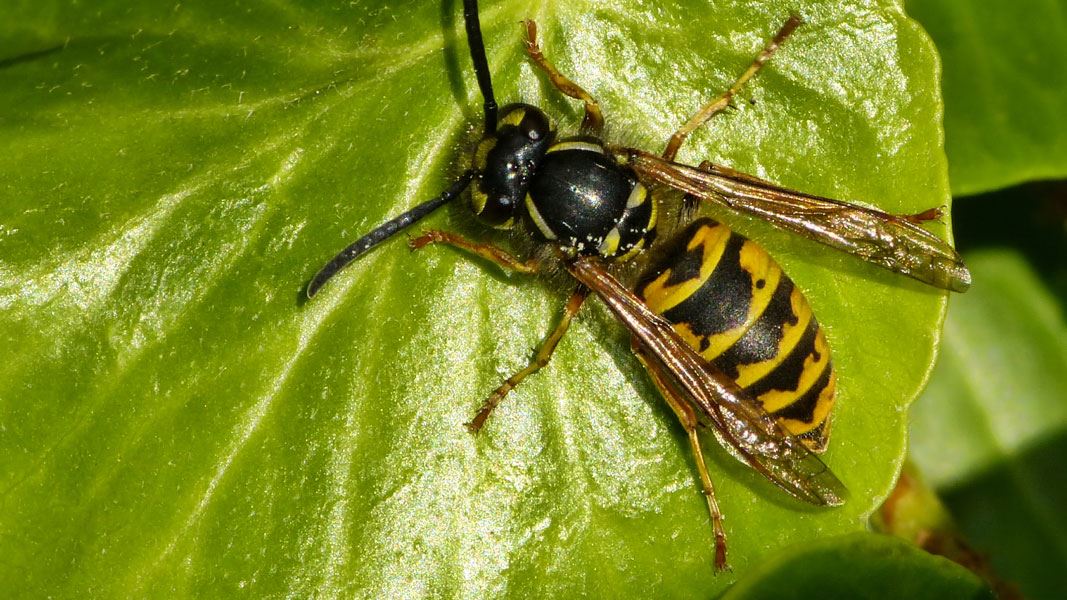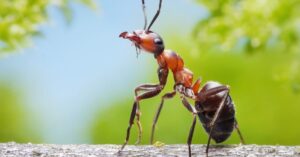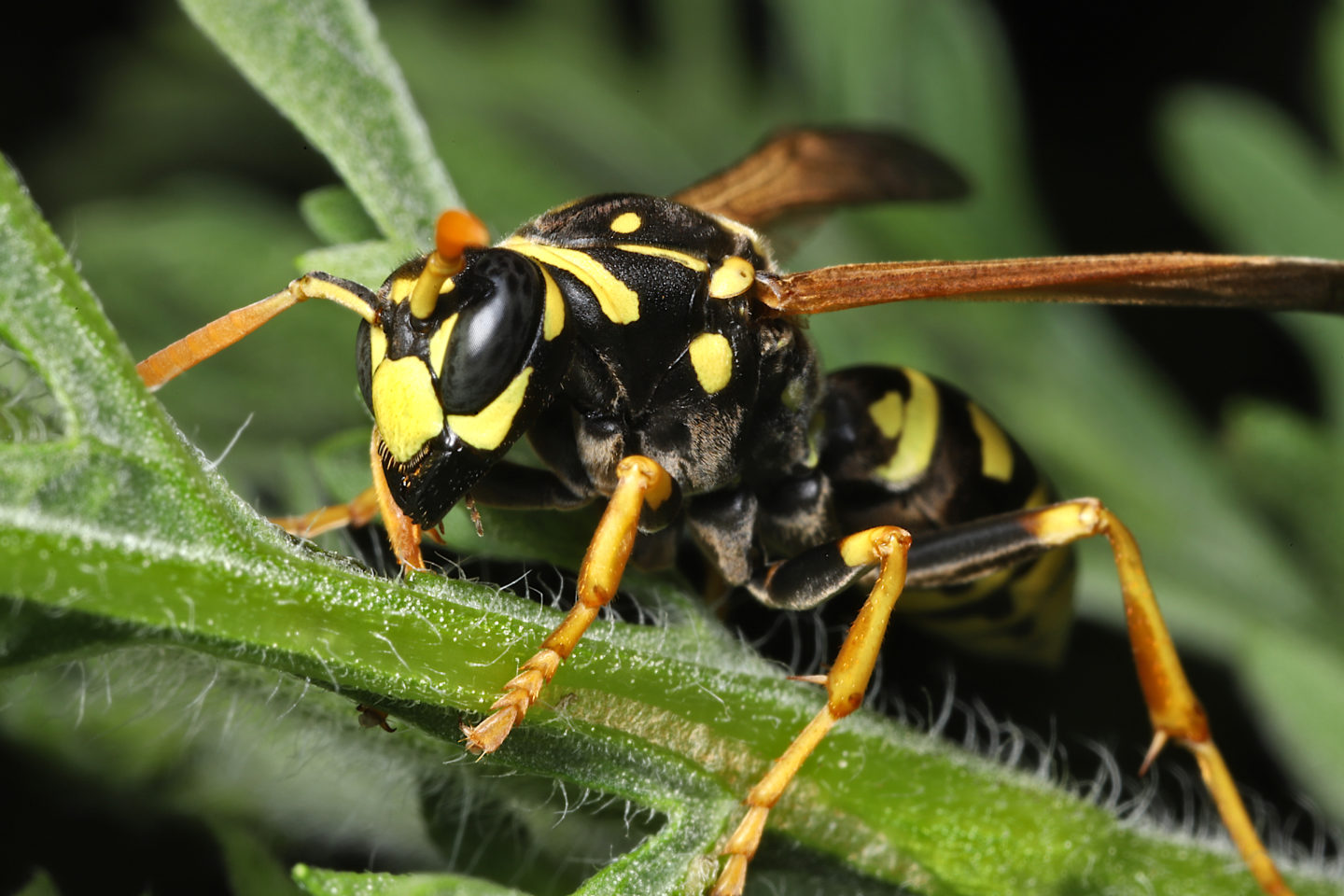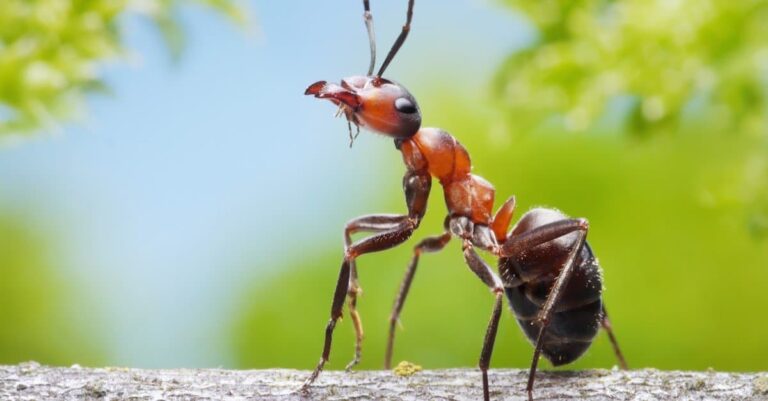Communities need parks and recreation areas because they provide places for people to unwind, get exercise, and spend time in nature. These green areas in Kansas City act as havens for both locals and visitors. But even amid these breathtaking natural settings, there may be hidden dangers that endanger the security of tourists, including hornet colonies that need pest control in Kansas City.
Hornets are common in Kansas City and can build their nests in a variety of places within parks and leisure areas. This is especially true of species like the European and bald-faced hornets. These nests, which are frequently constructed in bushes, trees, or even underground, can hold hundreds of hornets, making anyone who unintentionally disturbs them dangerous.
While hornets are beneficial insects that help control other pest populations, their presence in high-traffic areas can lead to stings and allergic reactions, especially in individuals sensitive to their venom. Therefore, effective hornet control measures are essential to ensure the safety and enjoyment of park visitors.

Understanding the Threat
As fierce protectors of their nests, hornets will strike out at anyone they believe to be a threat, even people. Anybody in the vicinity of a nest is susceptible to hornet stings in the event of disturbances such as loud noises, vibrations from machinery, or footfall.
Furthermore, allergic reactions to hornet stings can range in severity from minor swelling and pain to severe anaphylactic shock in susceptible people. Reduce the chance of hornet interactions in a park setting where people assemble regardless of age or health status to avoid potential injuries and medical issues.
Implementing Effective Control Strategies
To effectively manage hornet populations in parks and recreation areas, a multimodal strategy that puts visitor safety first and reduces environmental damage is needed. Here are a few tactics that are frequently used:
- Routine Inspections: To discover and locate hornet nests, park authorities should regularly search the park’s grounds. Early discovery enables quick action to be taken before the nests get larger and more difficult to control.
- Proactive Nest Removal: Trained pest control experts should be called in to securely remove hornet nests once they are located. The removal of the nest may include manual removal or the use of pesticides that are permitted for use in outdoor situations, depending on its location and size.
- Educational Outreach: Park visitors should be educated about the risks associated with hornets and encouraged to report any sightings of nests to park authorities promptly. Providing information on hornet behavior and safety precautions can help visitors avoid potential encounters.
- Habitat Modification: Redesigning the park’s surroundings to reduce hornets’ attraction can aid in preventing nesting activity. This could entail clearing away food supplies like dropped fruit or open trash cans, sealing possible nesting places, and pruning overgrown vegetation.
For hornet control measures to be sustainable over the long term, park employees, tourists, and surrounding communities must collaborate and cultivate a culture of environmental stewardship. Kansas City can continue to provide safe and pleasurable outdoor experiences for future generations by cooperating to address pest management issues.










